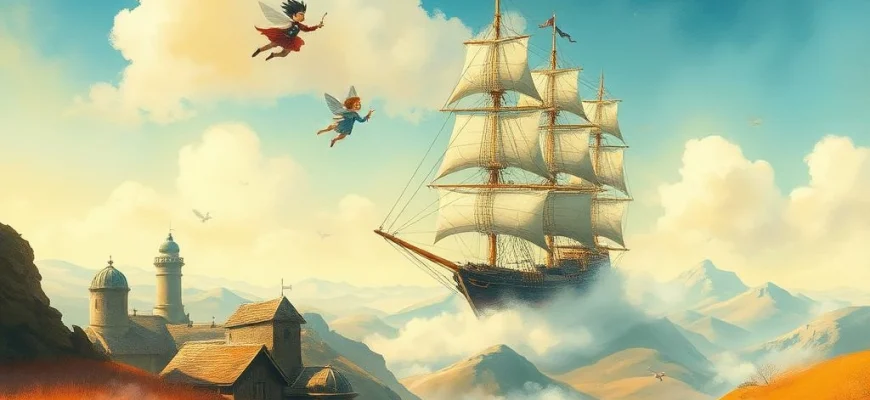If you loved the timeless magic of 'Peter Pan (1953)' and its enchanting adventures in Neverland, you're in for a treat! This article explores 10 movies and shows that capture the same whimsical spirit, daring escapades, and heartwarming themes. Whether you're a fan of flying pirates, lost boys, or fairy dust, these recommendations will transport you to worlds just as magical as Neverland.
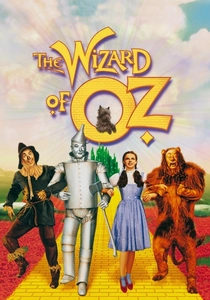
The Wizard of Oz (1939)
Description: Centers on a young girl transported to a vibrant, magical land where she encounters fantastical beings and must overcome challenges to return home, highlighting themes of courage and self-discovery.
Fact: The transition from black-and-white to color when Dorothy arrives in Oz was groundbreaking for its time and remains one of the most iconic moments in cinema history.
 Watch Now
Watch Now 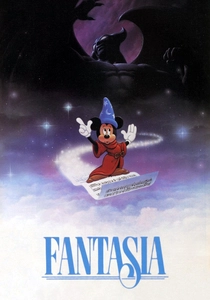
Fantasia (1940)
Description: A groundbreaking blend of animation and classical music, creating a series of abstract and narrative segments that transport viewers to imaginative worlds.
Fact: The film was initially a financial failure but later gained acclaim as a masterpiece of animation and music integration.
 Watch Now
Watch Now 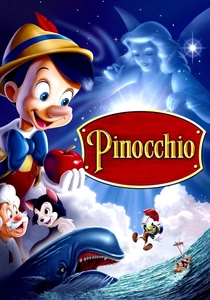
Pinocchio (1940)
Description: Follows the adventures of a wooden puppet who dreams of becoming a real boy, exploring themes of morality, transformation, and the importance of making good choices.
Fact: The song 'When You Wish Upon a Star' won the Academy Award for Best Original Song and later became the signature tune for Disney.
 Watch Now
Watch Now 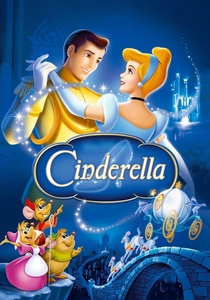
Cinderella (1950)
Description: Tells the story of a kind-hearted young woman who escapes her oppressive life through magic and finds her happily ever after, embodying themes of hope and transformation.
Fact: Cinderella's ballgown was inspired by the live-action reference footage, using over a dozen shades of blue to create its shimmering effect.
 Watch Now
Watch Now 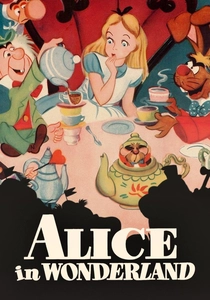
Alice in Wonderland (1951)
Description: Features a young protagonist who embarks on a fantastical journey to a magical world filled with whimsical characters and surreal landscapes, emphasizing themes of adventure and imagination.
Fact: The film was initially a box office disappointment but later became a cult classic, partly due to its psychedelic visuals that resonated with 1960s counterculture.
 Watch Now
Watch Now 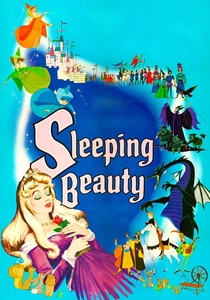
Sleeping Beauty (1959)
Description: Revolves around a princess cursed by an evil fairy, saved by true love's kiss, and features a richly detailed fairy-tale world with a strong emphasis on visual artistry.
Fact: The film's distinctive art style was inspired by medieval tapestries and paintings, giving it a unique look among Disney animations.
 Watch Now
Watch Now 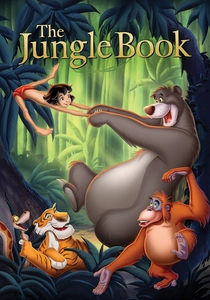
The Jungle Book (1967)
Description: Chronicles the adventures of a young boy raised by animals in the jungle, blending coming-of-age themes with lively musical numbers and a sense of wonder.
Fact: This was the last Disney animated film personally supervised by Walt Disney, who passed away during its production.
 Watch Now
Watch Now 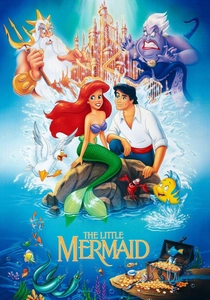
The Little Mermaid (1989)
Description: Focuses on a young mermaid who dreams of exploring the human world, showcasing themes of curiosity, sacrifice, and the pursuit of one's dreams.
Fact: This film marked the beginning of the Disney Renaissance, revitalizing the studio's reputation for animated musicals.
 Watch Now
Watch Now 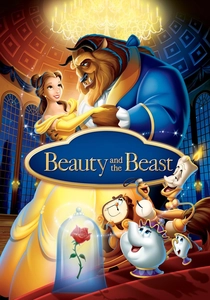
Beauty and the Beast (1991)
Description: A tale of love and redemption set in an enchanted castle, blending fairy-tale romance with memorable musical numbers and a message about looking beyond appearances.
Fact: It was the first animated film to be nominated for the Academy Award for Best Picture.
 Watch Now
Watch Now 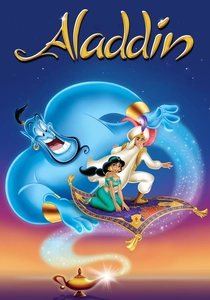
Aladdin (1992)
Description: Follows a street-smart young man who discovers a magical lamp and embarks on a journey of self-discovery, filled with humor, adventure, and fantastical elements.
Fact: Robin Williams' improvisational genius as the Genie led to the character being animated after his voice recordings, a departure from the usual process.
 Watch Now
Watch Now 
